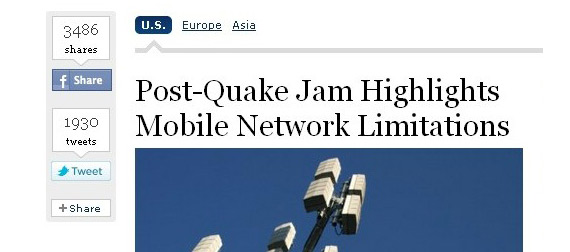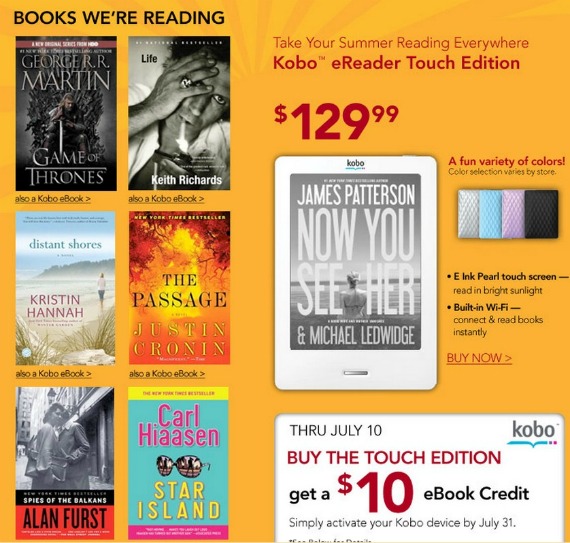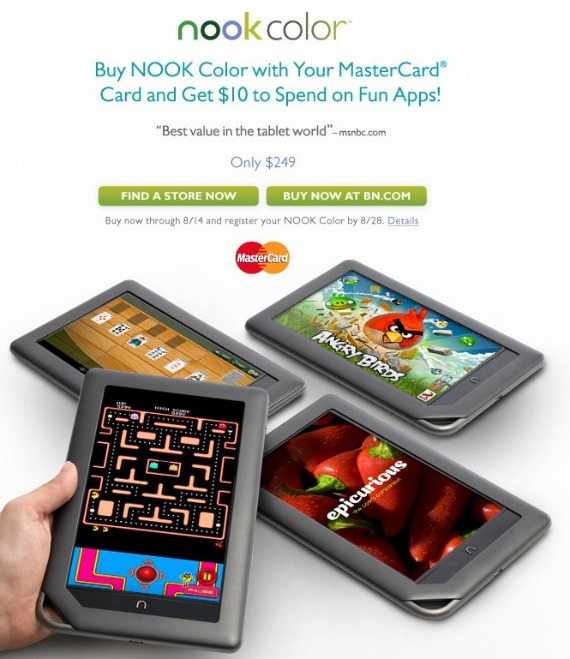Did you know that giving customers too many choices can overwhelm and lead to fewer sales?
It’s true.
I experienced this firsthand at an eye-catching gelato shop located in Santa Monica, California.
It caught my eye because of the insane number of flavors visible through the outside window. There were over 100 in all. The assorted flavor colors were so mesmerizing, I had to go in to get some gelato.
But then it happened.
As I viewed the 100 plus favors, I couldn’t decide which ones to try. I walked along the glass display, attempting to pick out which flavors I wanted to sample, but there were so many! I didn’t even know where to start looking.
I was overwhelmed, so I decided to leave.
What happened? Shouldn’t lots of options be good for customers? Isn’t that what people want–more options?
Actually, no, and here’s a university study that shows why.
The Famous Marketing Study About Too Many Choices
Here’s how the study worked:
Sheena Iyengar from Columbia University set up a table laden with jams outside of an upscale grocery store in Menlo Park, CA. Over a period of two consecutive Saturdays, research assistants dressed up as store employees and offered samples of either 6 or 24 flavors of Wilkin and Sons Jams, a British jelly purveyor known for exotic flavors.
Prior to this study, the common marketing theory was that more choices are better for customers. People like more options, so providing more flavors should lead to more sales.
The results from this study proved otherwise.
During the time periods when 24 flavors were offered, 60% of people stopped to sample the jams, compared to 40% when only 6 flavors were offered. These numbers seem in favor of more choices, but the important question is this: which group purchased more?
Of the customers who sampled 24 flavors, only 3% purchased, but of the customers who sampled 6, 30% did the same.
If you run those numbers based on 100 people, 60 would stop when 24 flavors were offered, but less than 2 purchase (1.8 to be exact). When 6 flavors were sampled, 40 stopped at the table, and 12 purchased.
Which table would you want your products to be on?
As you can see, there’s a paradox: contrary to popular belief, too many choices can be bad for sales. Just like in my experience at the gelato shop, customers can be attracted to a large number of choices, but when it comes time to make a purchase, too many options can make decision making difficult and lead to fewer sales.
So how does this apply to internet marketing?
Lessons for internet marketing
To bring this back to the world of internet marketing, below are some good and bad examples of sharing icons, e-mail marketing, and home pages that demonstrate how the lesson of too many choices plays out in the online world.
The Benefit Of Limited Sharing Options
If you want people to share your content, it’s best to give them a limited number of ways to do so. The optimum number can be found through testing, but the idea is that you’ll likely get more shares from fewer options than from making choosing difficult by offering every possible sharing link.
Essentially, you want to pick the most important icons and not clutter your site with the rest. Here are some examples to illustrate:
A bad example of social sharing
This site isn’t the worst offender, but it still has too many options. It offers Google+, Facebook (twice), Twitter, LinkedIn, Digg, e-mail, and “more.”
Here are some questions to ask in this example: Are any sharing buttons more important than the others? Does it make sense to emphasize two or three instead of including this many options? Would listing two links combined with the “more sharing options” lead to more total shares?
The answer to all of these questions is probably yes. It’s impossible to know for sure without experimenting, but it’s worth testing to see if fewer options will lead to more sharing.
If you have a hard time deciding which social sharing buttons to list, you should generally only list the networks you or your company most frequently monitor.
A good example of social sharing
This example is from Forbes, and they’ve picked Facebook and Twitter as the two most important sharing icons for their site. Just in case readers would like other options, an additional “+Share” link is included.
Since Facebook and Twitter are the most commonly used, Forbes does a good job of drawing attention to those options. By limiting choice, they highlight the most important links and limit the number of choices that readers need to make. As you can tell by the numbers, this seems to work out well for them.
The Benefit Of One Offer In E-mail Campaigns
When it comes to e-mail marketing, you don’t need to make the entire sell in one e-mail. Instead, you’re trying to convince readers to take one action. You want them to click through to the site to learn more or make a purchase.
To accomplish this, one offer is better than many. A single offer asks customers to make one decision: “Do you want to learn more about this product?” That’s an easy yes or no.
With multiple offers, readers have to decide which product they want to focus on; then, they have to decide whether or not they want to act on that offer. This divides attention between choices and requires more decisions, which, according to the jam study, leads to fewer sales. Additionally, more choices makes it more difficult to conduct email marketing tests.
Here are examples of good and bad e-mail marketing campaigns:
A bad example of e-mail marketing
What is the reader supposed to look at in this example? The books “we’re reading”? The Kobo offer? Or the $10 eBook credit? It’s difficult to figure out where to look. A single offer isn’t emphasized, and the colors draw attention to the background instead of to the products.
E-mails like this make choosing way too difficult for customers. Even if they want to buy a Kobo, the offer text is pushed over to the right to make room for the books on the left. Which is more important? The books or the eReader? Whichever it is, that product needs to be prominently displayed.
A good example of e-mail marketing
Barnes & Noble does it right in this e-mail. They make a single offer to the reader: Would you like to purchase the Nook Color for $249? There’s a simple graphic to display the product, and one offer asking readers to make a single decision.
E-mail offers like this properly emphasize one product or offer, which helps readers make a decision. Instead of needing to decide which part of the e-mail they want to read, they can simply decide whether the offer is meaningful to them. If it is, then they only need to decide whether or not they want to act on the offer. They don’t need to decide between three offers and choose which one they want to act on. There’s one offer, and one decision to be made.
That’s great e-mail marketing.
The Benefit Of Keeping Home Pages Simple
When it comes to home pages, there’s a lot to cram onto one page. It seems that everything the customer may ever want needs to be available on the first page they’ll see.
That’s not the way to design a home page.
Instead, the question needs to be asked about what can be left out. Good design is not when every possible feature is included; it’s when every possible feature is removed that can be.
Below are two examples that illustrate this point:
A bad home page example
Where is the emphasis on this page? Is there anything in particular readers are supposed to look at? Is there any element that is more important and appropriately emphasized more?
Unfortunately for Yahoo, the answer is no. Search isn’t emphasized, Yahoo sites aren’t emphasized, and news isn’t emphasized. Everything is tacked on to one page with the result being too many options.
Instead of helping customers make one decision and complete the most important action, viewers are asked to view everything at once and then decide what to do. It’s overwhelming.
A good home page example
Google is the number one visited site on the internet, yet they’re still able to limit their home page to a single action: Would you like to search the internet?
How do they do it? How do they keep the home page of the number one site in the world limited to a text box and a search button?
Somehow they do, but the more important question is this: How much is this a factor in their success? Yes, they have the best search engine in the world, but they also make it stupid-easy to use. They don’t distract visitors with other options. Once you land on the site, you just have to decide one thing: What am I going to search for today?
How’s that for not giving customers too many choices?
The Google example is used as an extreme case. You should have a few text links to your most important internal content on your home page for better SEO architecture.
Takeaway
Making changes such as these to limit customer choices doesn’t mean you’ll instantly garner thousands of shares or millions of customers. That takes a lot more hard work than deciding which links are the most important.
But it does mean that by making some of these changes, you can increase conversions by at least a few percentage points. And when it comes to internet marketing, every improvement counts. Most importantly, it will require you to start testing your website and marketing campaigns to achieve your goals.
Are you ready to test and see what the optimum number of choices for your site will be?
Remember to share this post if you benefited from reading it.
Sources:
- When Choice is Demotivating: Can One Desire Too Much of a Good Thing?
- TipTree.com
About the Author: Joe Putnam is the founder of ConversionEngine, an agency that combines CRO with PPC to help businesses run profitable paid ad campaigns. He’s helped organizations increase SEO traffic 10X, cut their cost per acquisition in half, and 20X their leads from AdWords. Visit now to learn more.






Comments (33)